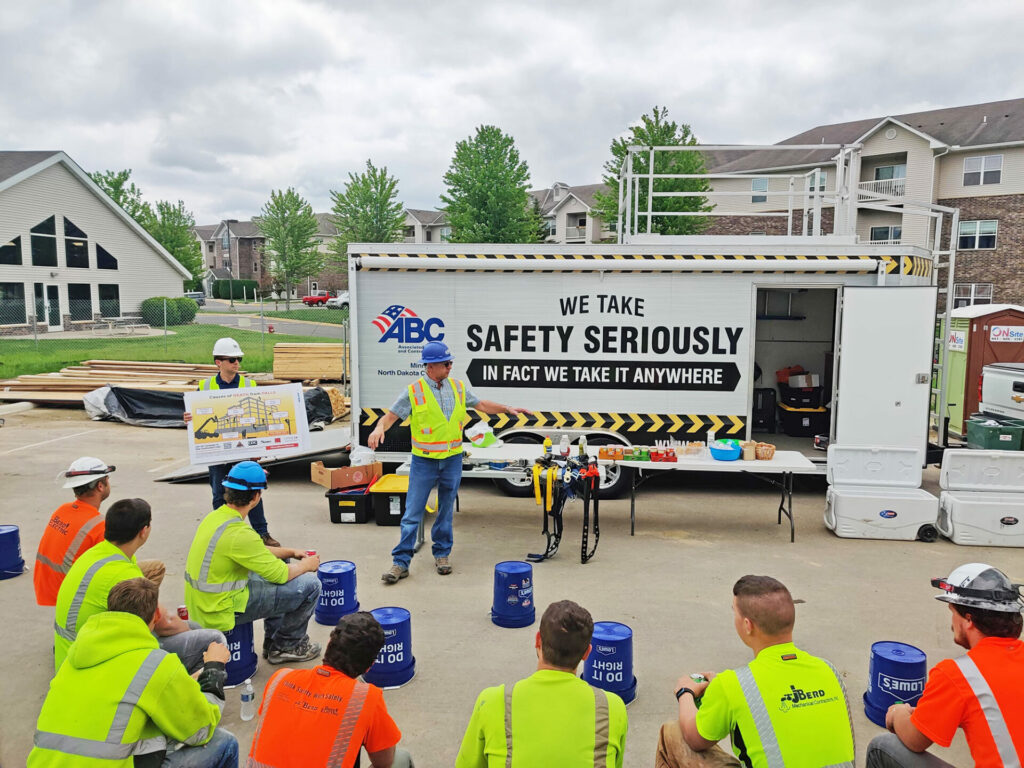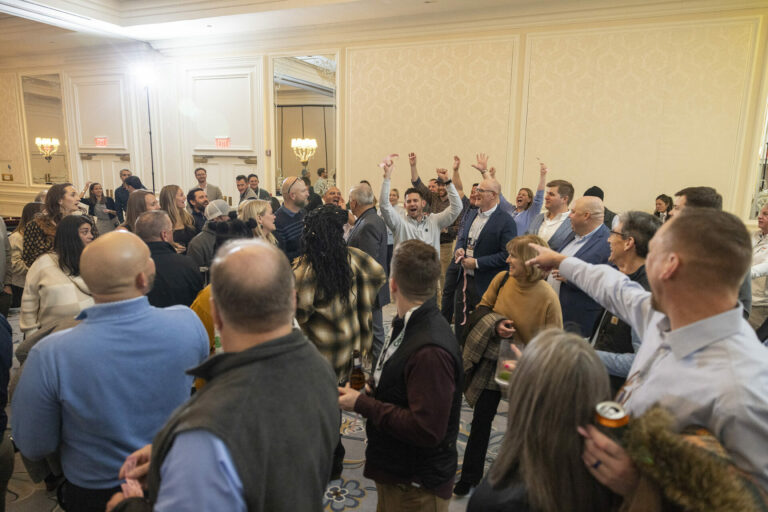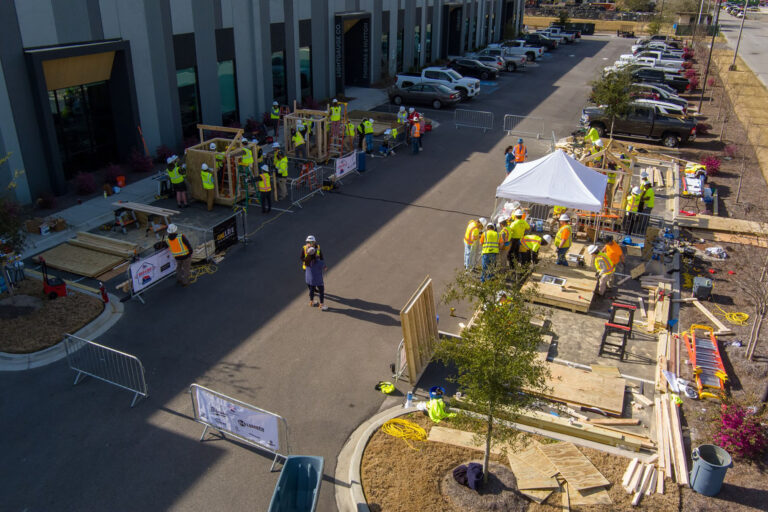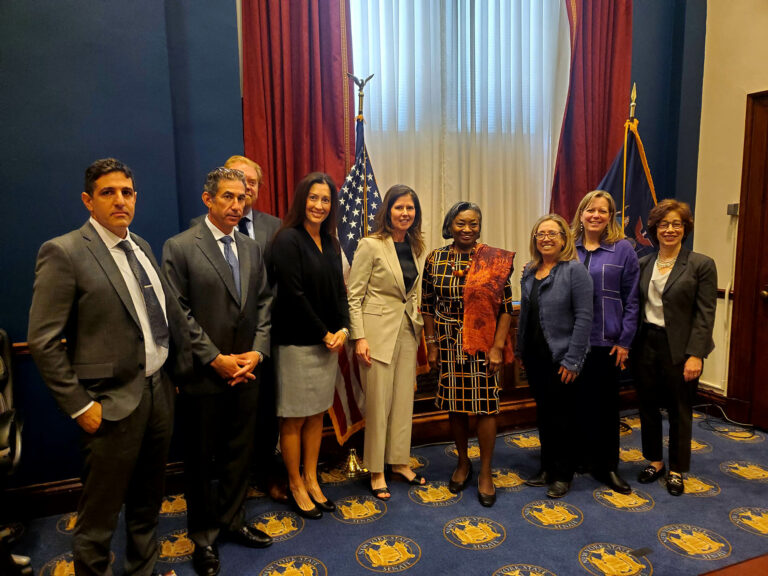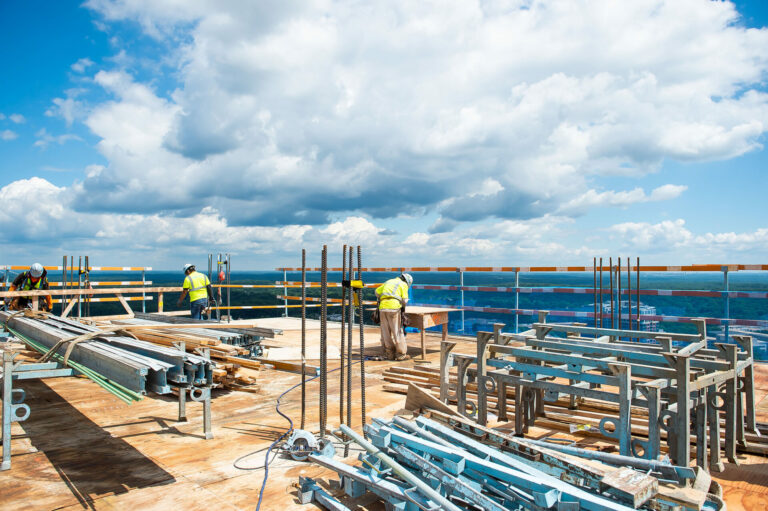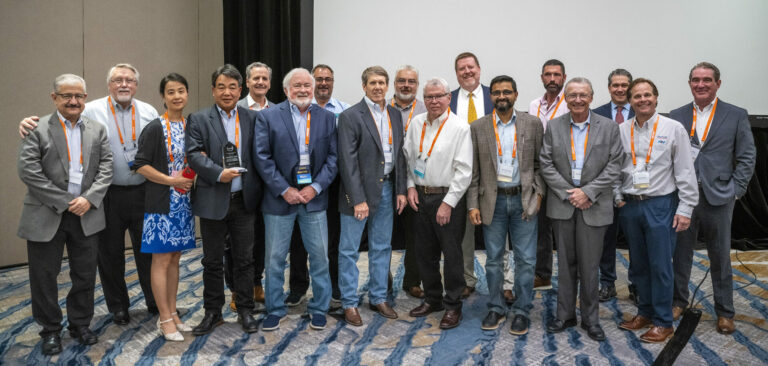In order to enhance safety protocols for contractors, there needs to be a specific way to measure safety. However, safety is not a tangible object and measuring progress cannot be done by simply using a ruler. Instead, Associated Builders and Contractors (ABC) created a world-class safety system and safety benchmarking improvement tool, also known as STEP. Chapter President at Associated Builders and Contractors of Minnesota and North Dakota (MNABC), Adam Hanson, explained how STEP was developed by ABC roughly 30 years ago for contractors of any size; including small specialty subcontractors, large subcontractors, general contractors, and all contractors who enroll in the program.
Once members have enrolled in STEP, they are provided with a benchmark score for the previous year. The program then allows contractors to look at those metrics and assess how they can improve from where they are today, or how they can easily implement new safety protocols that will help them achieve world class safety.
With the STEP program supporting the safety considerations of its members nationwide, the MNABC chapter has recently gone even further. Developed in 2012, the Minnesota OSHA (MNOSHA) partnership program is a state-plan program, which is approved by federal OSHA, to protect workers at private and public worksites.
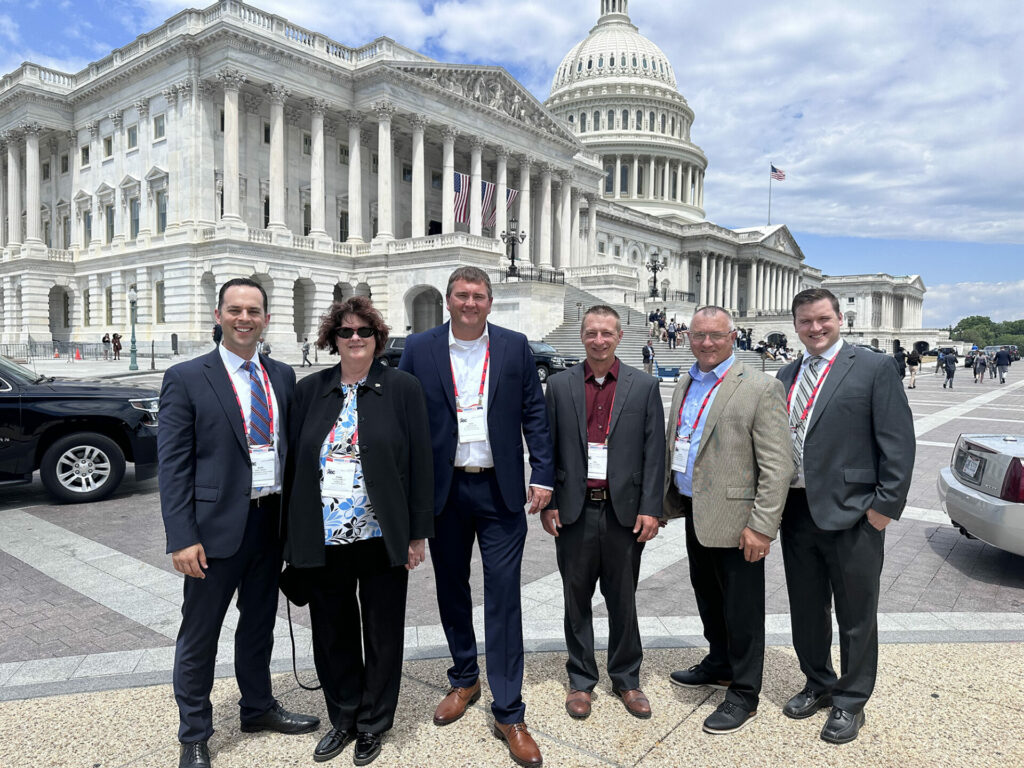
The goal of this program is to annually reduce the number of injuries, illnesses and fatalities affecting participant employers by focusing on the leading four hazards: falls, caught in/between, struck by, and electrocutions. As Hanson explains, the program aims to increase the number of construction contractors that implement effective safety and health programs, provide training for managers, supervisors, and employees, along with recognizing contractors that go beyond basic compliance. “In this program, contractors enroll their company or specific projects with MNOSHA to improve safety on all construction sites. We have goals to reduce the number of injuries and fatalities affecting the construction industry annually by 3%. We want to increase the number of contractors that implement safety programs across their company and on their job sites.”
For Hanson, it is vital that the chapter’s members get home safely from every jobsite so programs like this are hugely important. Additionally, he identifies key benefits such as strengthening communication and links across the industry. “This program also helps recognize those contractors whose leadership teams and core employees develop these programs. It’s a way to promote safety and to showcase those good examples. It also promotes the open line of communication between MNOSHA and the construction industry, because we need to be a partner with everybody in terms of safety from MNOSHA, the general contractors and the subcontractors working on those projects.”
MNABC is also actively involved in its members safety services. The chapter works with a third-party group called OECS that helps customize safety programs, safety days, new certifications that need to be added or continue to be added for workers out in the field. MNABC assists with this because safety is the first and foremost priority for the construction industry.
When a contractor becomes a member of MNABC, they get access to a whole variety of other benefits, such as, education, legislative and regulatory awareness, as well as business and workforce development. As part of the education sector of AMNBC, the chapter aims to equip its contractors with the tools, resources, curriculum, and certifications to implement their own training programs. By using a trade-specific customization strategy, the chapter can tailor its training programs based on the individual company.
Through developing its knowledge base and in-house education team, MNABC can cater to the specific needs of different contractors. For example, plumbing contractors require different training needs than roofing contractors, as the training is unique to each trade and construction industry segment. This means MNABC can support apprentices or new hires by supplying a set curriculum and a distinctive new training program.
Other great benefits of membership include the chapters networking events. In Minnesota and North Dakota there are two kinds of seasons according to Hanson: construction season and the winter months. MNABC utilizes its events throughout these seasons to bring together contractor members, associates and the suppliers who also make up their membership. This could include a structured networking event at a racetrack, or a conference, to discuss the types of projects they build.
Other topics often discussed by MNABC and its members are issues that may affect the construction industry, such as the skilled labor shortage. However, as Hanson says, this shortage is not unique to Minnesota and North Dakota. While not specific to any one geographical area, he believes that it is a major issue facing the construction industry and one that needs to be tackled through a strategic approach.
“We need to find new and creative ways to attract younger people into our industry. We are one of the co-creators of a group called Project Build Minnesota. The aim of the group is to increase awareness about careers in construction in young adults. We are doing everything from school visits to job site tours, meeting with contractors, and we are actively supporting our members with this challenge. A lot of our contractor members are taking it upon themselves individually to do reach out to schools in their area, to host shop classes or other construction technical education courses at their offices and job sites. This is so participants can get a hands-on look and feel about the construction industry that might be harder to do in a classroom setting.”
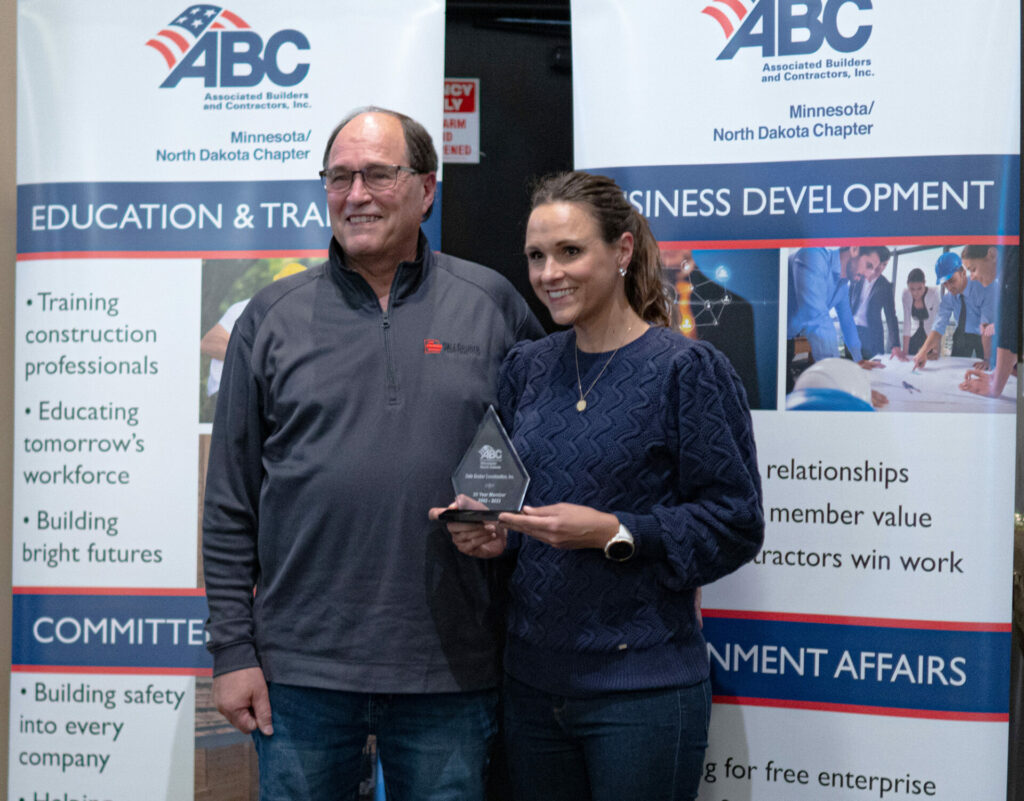
While the plan to tackle the skilled labor shortage is certainly a future-focused one, MNABC has much on its agenda. Working forwards across a number of strands, it will continue supporting its members through sustained advocacy and the provision of resources and training. Additionally, the chapter is always seeking to grow its members. Last year, for instance, saw positive membership growth. With an increased membership last year, those at MNABC feel that it is getting its message out successfully. However, this does not mean that the chapter is done working. In fact, it is only getting started, especially when it comes to issues such as advocacy.
MNABC has testified at everything from school boards to city councils, to the state capitols in St. Paul and Bismarck, and even in Washington D.C. on Capitol Hill on key issues such as workforce development, safety, prevailing wage, and government mandated project labor agreements. The scope of its advocacy is quite simple: the chapter advocates for the merit shop philosophy and opposes efforts that seek to limit their contractor members’ and their employees’ ability to work.
It is evident in the work carried out by MNABC that their people and their issues are what motivates this chapter to continue working. Fighting for better safety initiatives, creating unique paths to education, and advocating for its members is only a small taste of what MNABC offers.
While on-site safety is undoubtedly a key element of the work MNABC does, Hanson suggests that the chapter’s members also benefit from a slightly different kind of safety. He believes that, for members of the chapter, the safety of knowing that there is someone fighting in their corner cannot be understated. “We advocate for our members because our members, contractors across two states and those across the country also, are experts. They are experts at building, and they’re experts at being contractors. It is their full-time job. And they build this great country. When they join ABC, they allow us to be their voice. They allow us to advocate on their behalf to get in the weeds of the politics in the legislative world, and we do. We can be their voice.”









